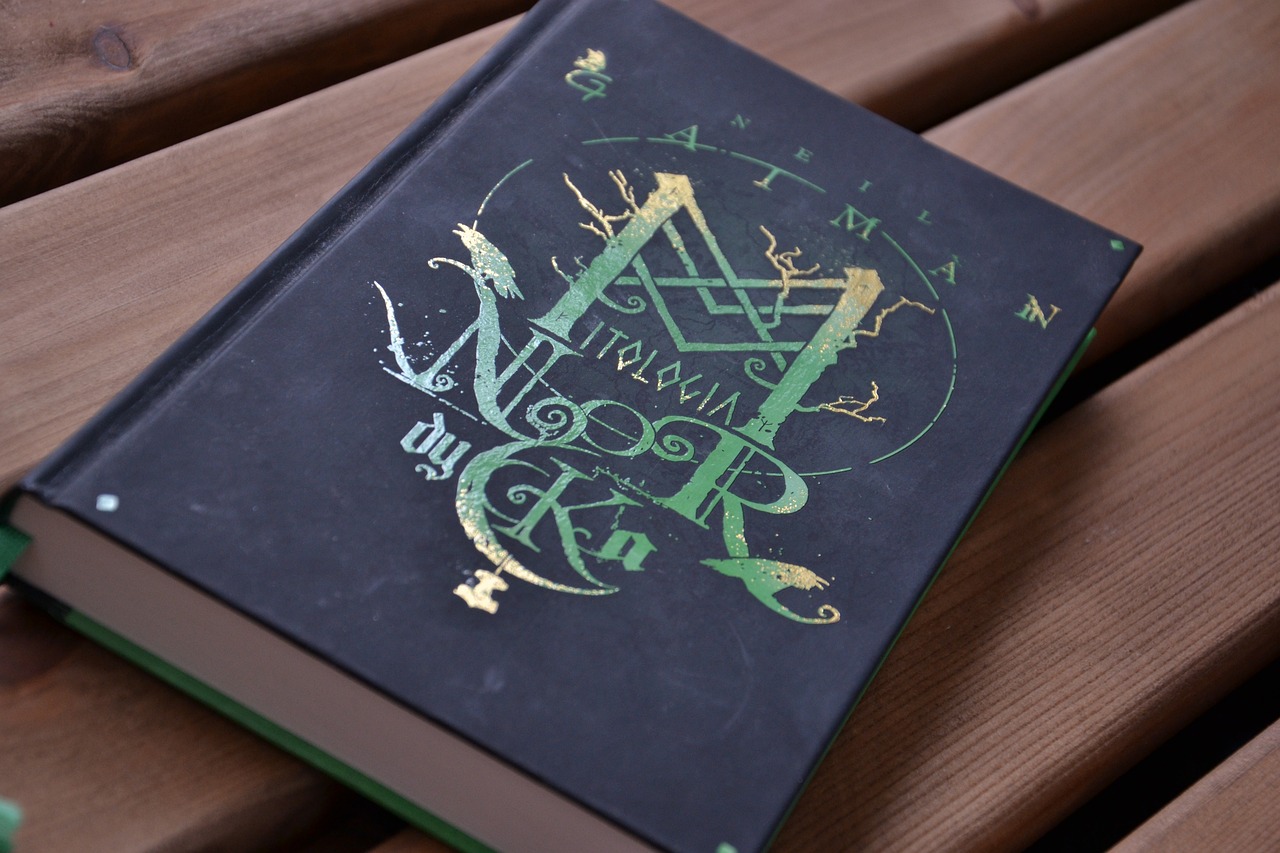In the realm of Norse mythology, Odin is not alone in his significance; his brothers, Vili and Ve, play an essential role in the creation narrative of the cosmos, as illustrated in numerous works like the one by Lorenz Frølich from the 19th century. Vili and Ve (pronounced “VILL-ee” and “VAY,” respectively) are depicted as vital figures accompanying Odin in their formidable lineage. According to the medieval Icelandic scholar Snorri Sturluson, they are identified as the initial trio of Aesir gods, offspring of Borr, a proto-god, and Bestla, a giantess.
The brothers united to defeat Ymir, the primordial giant and the first entity of existence, and they subsequently crafted the cosmos from his remains. While the reliability of Snorri’s accounts is often debated, many scholars believe that this creation myth aligns effectively with pre-Christian Norse beliefs, supported by other historical evidence.
Another notable episode involving Vili and Ve occurs during Odin’s temporary banishment from Asgard, the celestial residence of the Aesir. During this exile due to his practice of unconventional magic, Vili and Ve joined in an intimate relation with Odin’s wife, Frigg, though the specifics of their involvement remain largely unexplored in existing literature.
In Old Norse texts, explicit mention of Vili and Ve tends to be scant, mostly relegated to references showing Vili as Odin’s brother. The figures Hárr, Jafnhárr, and Þriði, found within Snorri’s Prose Edda, may represent Odin, Vili, and Ve, although it’s equally plausible they represent various representations of Odin, as all three titles frequently refer to him in other literary works of the period.
The etymology of their names provides fascinating insights: Vili translates to “Will” and Ve to “Temple,” indicating their roles in the sacred framework of Norse cosmology. This connection to the divine underscores the notable importance of Vili and Ve within the mythology.
Research also posits that the Proto-Germanic names of these deities—*Woðanaz for Odin, *Weljon for Vili, and *Wixan for Ve—suggest a linguistic lineage that dates back far beyond the Viking Age, potentially tracing back a millennia or more further.
While references to Vili and Ve diminish in later Viking Age literature, their foundational character within Germanic mythology cannot be overstated. Their longstanding presence within these narratives reveals their influence and the essential roles they played in the early Germanic belief systems. In Norse spirituality, Odin, Vili, and Ve embody three fundamental elements—Inspiration, Conscious Intention, and the Sacred—that separate chaos from the cosmos, further cementing their significance in the mythic tradition.
In conclusion, the rich tapestry of Norse mythology encapsulates the herculean collaborations of Odin, Vili, and Ve, highlighting their unity as creators and maintainers of the cosmos, thus marking them as synonymous with the very essence of existence itself.



